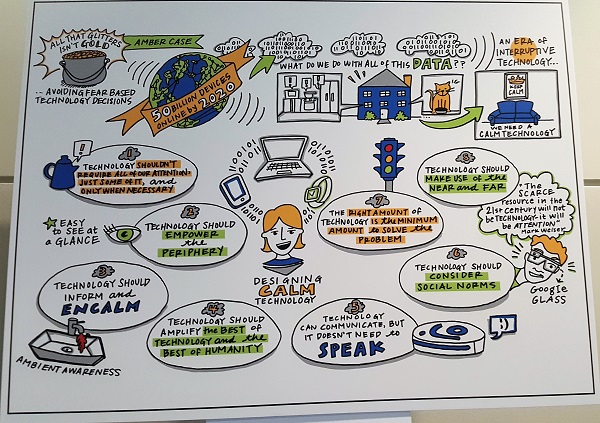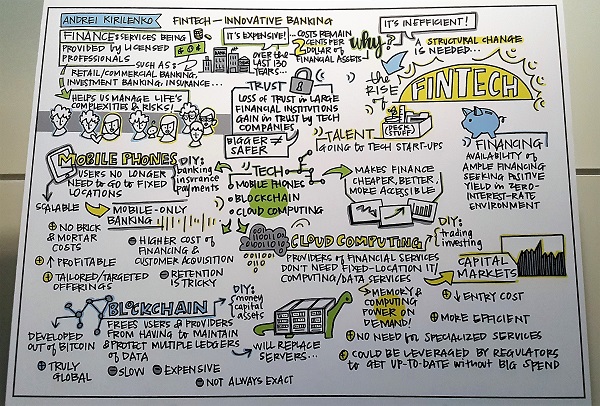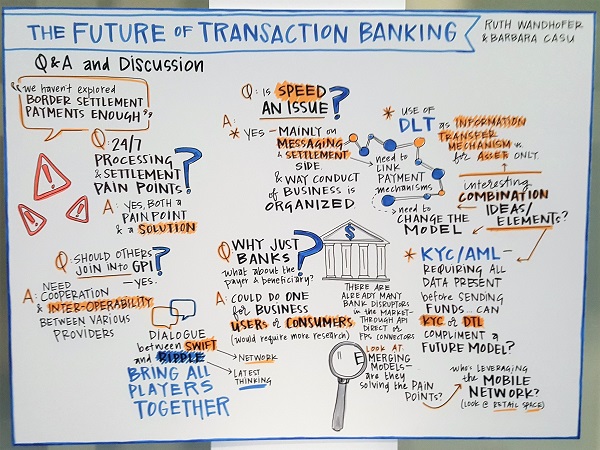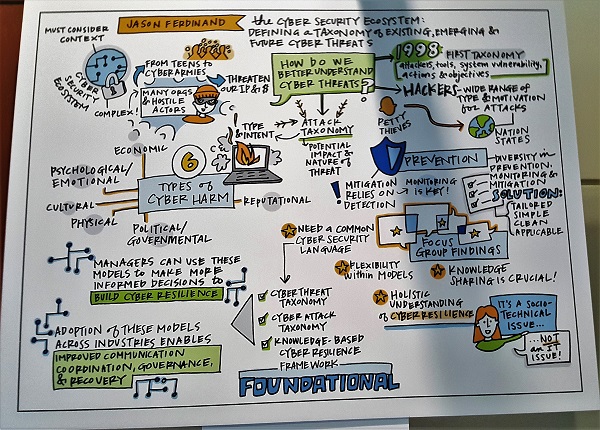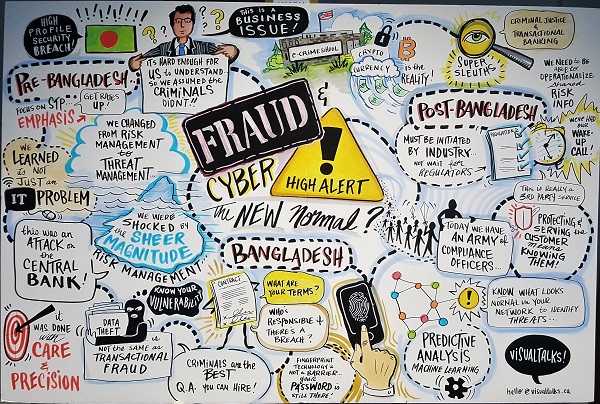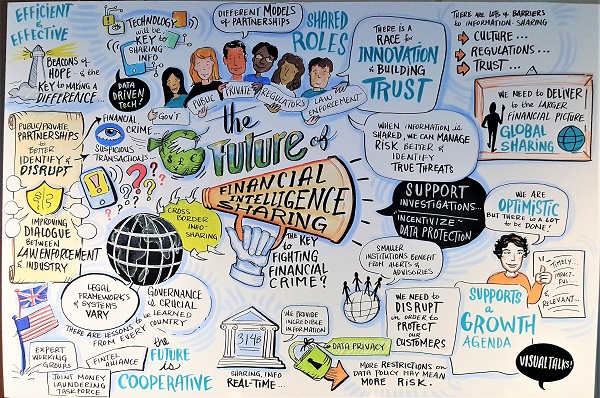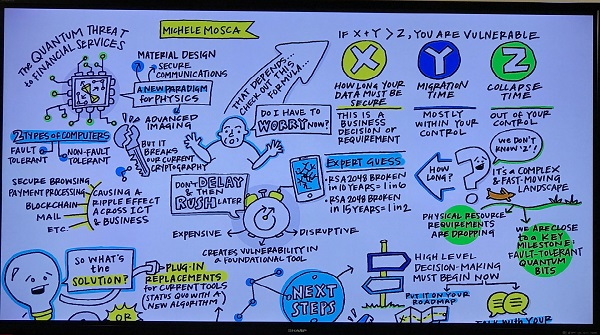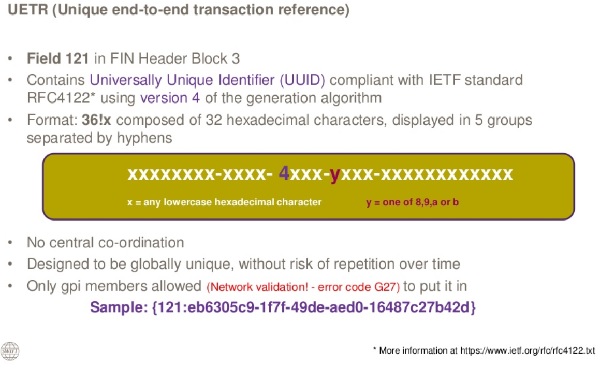I follow cricket, but cannot say I’m an avid fan of the game. Over the weekend, i found myself watching various clips from Sibos 2018, one of which was a Breakfast Keynote by Australian cricketer Steve Waugh. It was a fascinating keynote so much so i summarised the leadership lessons provided by Steve.
A quick overview of Steve Waugh’s Achievements:![]()
- Captain of Australian cricket team from 1999 to 2004
- Until 2010 was the most capped Test cricket player in history
- Scored over 10,000 Test runs
- Led the Australian cricket team to:
- 15 of their record breaking 16 consecutive Test wins
- Win the 1999 Cricket World Cup
- Awarded:
- Australian of the Year (2004)
- Order of Australia
- ICC Cricket Hall of Fame
You get the idea…!
1. Early Years of Self Doubt, Failure and Glimpses of Success
Despite the successes outlined above, Steve described his early cricketing years of self doubt, failure and glimpses of success. But these failures taught Steve some key lessons from which he was able to learn and grow.
2. In the early years, the Managers job was to make sure the Beers were nice and Cold
How times change! Today the Australian cricket team consists of 17 support staff, including a data analyst. Do you have a data analyst on your team? Do you have meaningful data?
3. Low Expectations lead to Poor Results
In the early years, it was a matter of survival. You need to set your goals high, and you need good leadership to help you navigate the right course.
4. You Need to Change Your Mantra, Your Attitude and Pay Attention to the Details
The Australian cricket team turn-around started in 1987 World Cup in India, where the team were 16-1 outsiders and ended up winning the tournament! For the first time the team took a professional coach (Bob Simpson) who made key changes:
- Getting rid of players with a poor work ethic and little commitment to the team
- Practicing in heat conditions
- Increased fitness levels
- Focused on skills
- Looking after one another
- Monitored food and fluid consumption
- Ensured punctuality
- Analysed the opposition using video
5. Set Yourself some Goals as a Team
Pretty simple, really. The players wanted to be the best team in the world – Test cricket and 1-Day cricket.
6. Respect the Past, Create Your Own Future and Leave Your Own Legacy
This is interesting, Steve talks about respecting the past and following in the footsteps of past leaders. But equally important is to create your own future and leave your own legacy. Each cricket match was seen as an opportunity to do just that – to improve and set the bar higher.
An ethic was created whereby each victory was assessed, reviewed and improved upon. Ultimately the players wanted to reach their full potential.
7. Don’t be Complacent – Imagine Yourself as the Number 2 Side
Train and prepare like you’re the number 2 side. Never under-estimate your opposition and continue to push yourself and each other.
8. Enjoy each others company, have a sense of Passion and Fun
This Steve suggests is often forgotten, and when your in a team, you need to gel together and enjoy each others company. Steve warned, if you don’t do this, its going to be a long day at the office!
9. Take a Successful Blueprint from others, and Tweak it
For the Australian team it was by looking at the successful and unbeatable West Indies team of the 1980s which possessed:
- Strong body language
- Played with positive intent
- Created a powerful media image of themselves
Steve talks about “Smart people learn from smarter people and better organisations and tweak it to suit themselves”. The Australian’s tweaked the blueprint by “putting constant and relentless pressure on their opposition by exerting excellent skills”.
10. As a Leader Dynamics Changes and You Need to Make Tough Decisions
Dynamics change such that as a leader people will treat you differently. Initially Steve explains how he tried to lead by consensus and please the team – but as the saying goes – you cant please everyone all the time and need to trust your instincts and your own morals.
You’re picked as a leader to make tough decisions.
Thanks for stopping by – Take a look around…!!
11. As a Leader you want to be Liked & Respected, to be Respected is most Important
This was exemplified in the unpopular decision Steve made in dropping Shane Warne, one of the all time great cricketers, during a crucial Test match. The unpopular decision and huge risk paid off, and the team won the match.
If you make a mistake, take responsibility for it. Be yourself, don’t copy others and make it your mistake, own it. Take responsibility, you will learn and grow from it.
12. You Need Loyalty to your Organisation and Team
The above example was a decision on behalf of the team, and the emotional and personal relationships within the team had to be put on to one side.
The current climate can sometimes demand instant success and when this doesn’t transpire, there is often an immediate need for change. This can lead to the loss of the character of an organisation and self belief in individuals. Knowing that their head is on the line can lead individuals to put their needs ahead of the organisation and in the long term this can be a problem. There needs to be room for some mistakes and flair – see below – but to a point!
13. Treat People Equally but Differently
There are non-negotiables, see point 4 above, but you need to recognise and make space for individual flair and charisma of individual players and allow them to play their own game
14. Maximise Peoples Potential by putting them out of their Comfort Zone
Often people don’t know what they are capable of until they are put in a certain situation. Sometimes people can just do things when they don’t over-think the situation too much.
Steve goes on to explain that you need to put in the hard work and lay a good foundation. This allows you to be calm under pressure, and when you’re put under stressful conditions you’re not hoping you can deal with the situation, you have the confidence and know you can deal with it!
15. Attitudes are Contagious, Is Yours Worth Catching? – Steve Waugh
Steve explains this was about perception. Do you want to be seen as a role-model and others to follow in your footsteps? Are you positive, trying to improve and become a better person?
While life is about persistence and perseverance, often it boils down to your attitude. Positive body language, purpose and intent will flow across your personal and business life.
Inspiring stuff, eh?
The post 15 Fascinating Leadership Insights by Steve Waugh at Sibos 2018 appeared first on SEPA for Corporates.





















